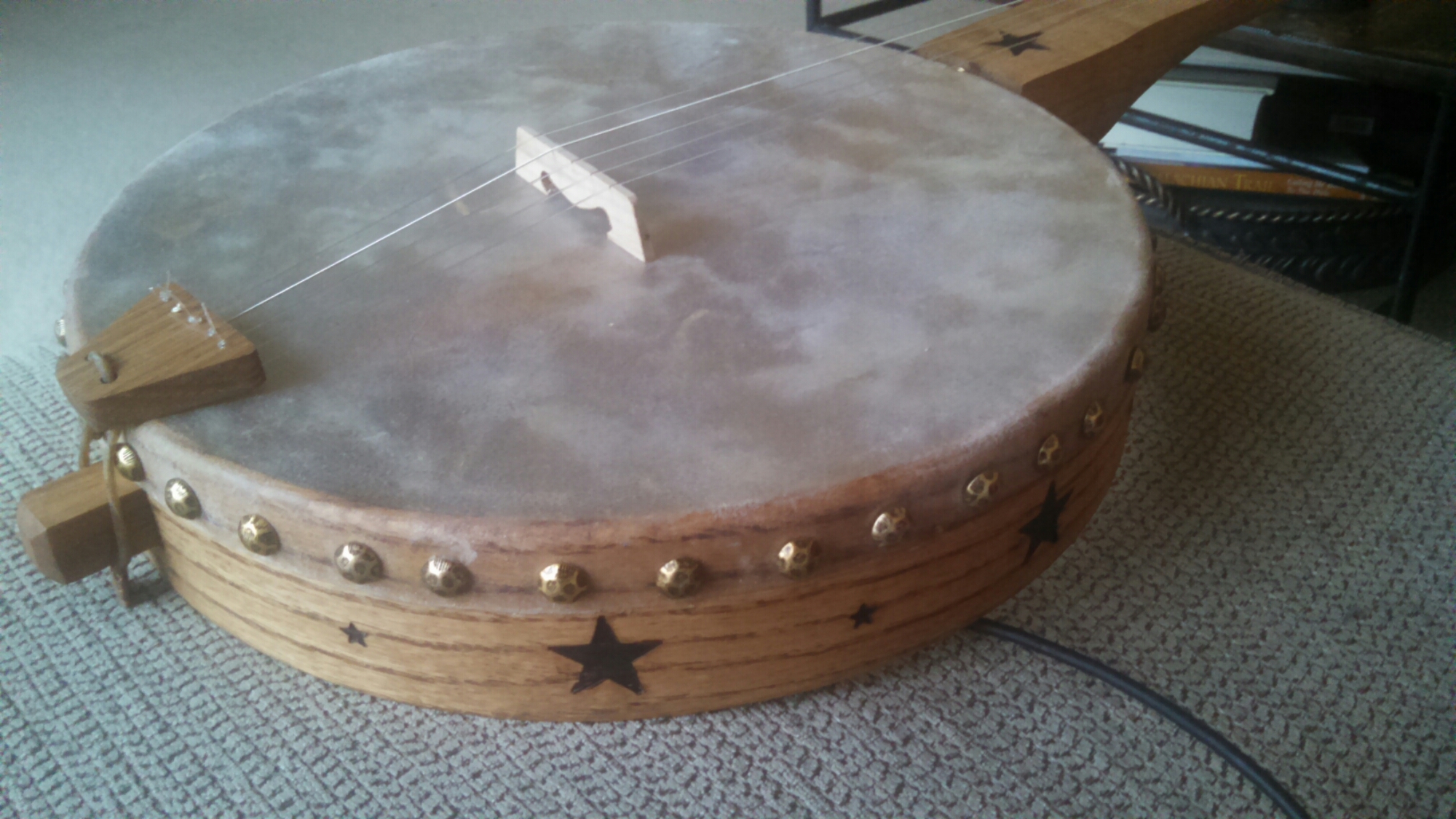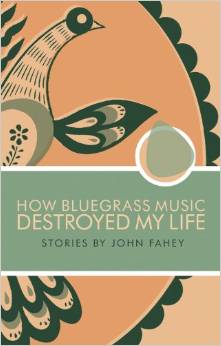this book is pure joy. I finished it today after spending a good number of hours of the past few days down at the dock, with a fishing line in the water and this book in my hand. I simply could not put it down.
The book is 290 pages, and only at page 245 does he begin to describe how bluegrass music destroyed his life. I won’t spoil it, except for saying that it was from hearing Bill Monroe’s version of “Blue Yodel Number 7” for the first time. That much is on Fahey’s Wikipedia page. I didn’t know what I was getting into when I asked for this book. I knew John Fahey from the lore. Knew that he was a phenomenal fingerstyle guitar player. Knew that he was an outsider, but was also responsible for “rediscovering” some of the important blues players during the 60s folk/blues “revival.” Knowing this was not enough to know what to expect from this book.
This book is not a factual memoir in the traditional sense. It’s more of a documentary of the things that happened to John, during his childhood in Takoma Park and later in life. As all of us know this, that not everything that “happens” to us will seem real or believable to others during the retelling. But as much as I can, I understand and “believe” these things that happened. Our musical education does not always revolve around an instrument or its practice. It is also influenced heavily by the things that happen to us, the people thrown into our path by the universe, and the strange reactions that can occur internally and externally. This book is about those sorts of things. Things that happen to people, and how they are processed by each unique individual, based on the other experiences in that person’s life.
Some of the things that happened to him, happened in places that I recognize and can visually conjure, in places that my friends live to this day. This makes it all the more real to me. Even the most fantastic of stories. Real. I recommend this book to anyone with music in their lives and in their hearts, and anyone who has ever lived in Takoma Park, and anyone who has spent any amount of time exploring country blues, bluegrass and old time music. I wish Fahey was still with us.
One of the stories involves him and a buddy getting to know a blues player in Takoma Park, while basically going door-to-door searching for old records to consume. This blues player probably changed his life, and turned out to be Elmer Williams, brother of Warner Williams, who I used to see at Taliano’s open mic nights in Takoma Park during those years in the early 90s when I lived there, and who is still playing in the area to this day (Warner, at least).
Elmer takes him to Ritchie Avenue (one of the “colored” areas of Takoma Park, at least in the mid-1950s) in the middle of the night, sits on the hood of the car and starts playing the blues. People start emerging from houses and dancing in the street. At some point, Fahey’s current obsession makes an appearance, and Elmer gives him the guitar so that he can win her affection through his playing.


